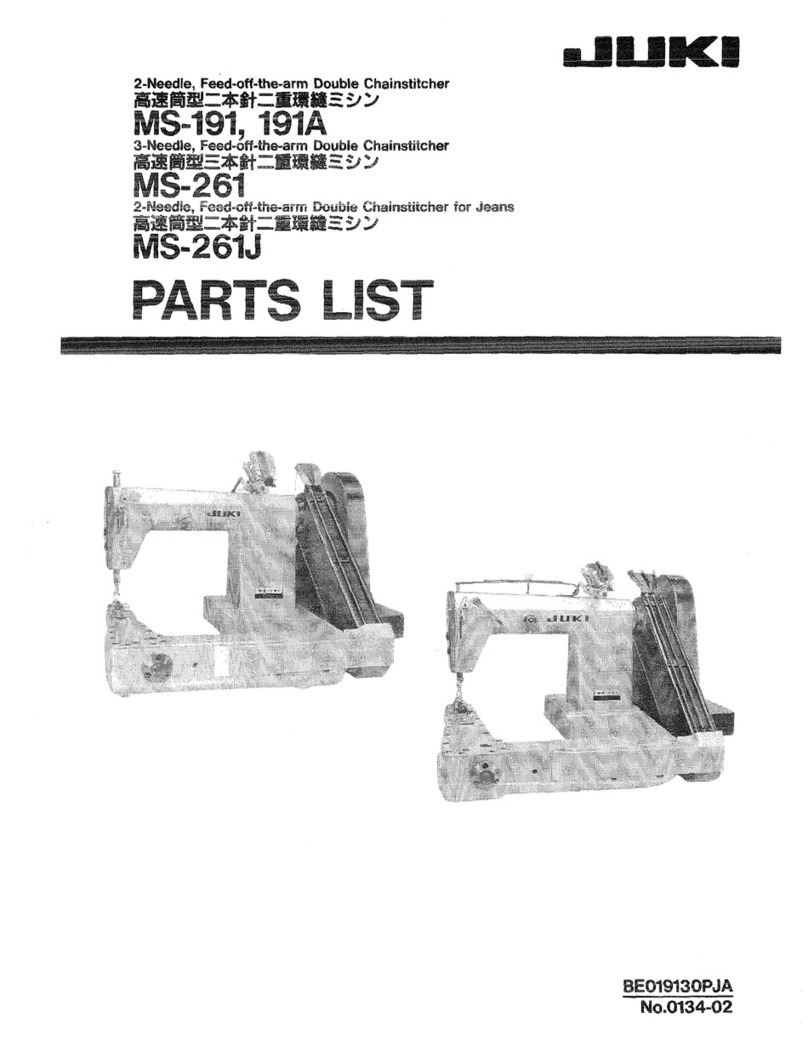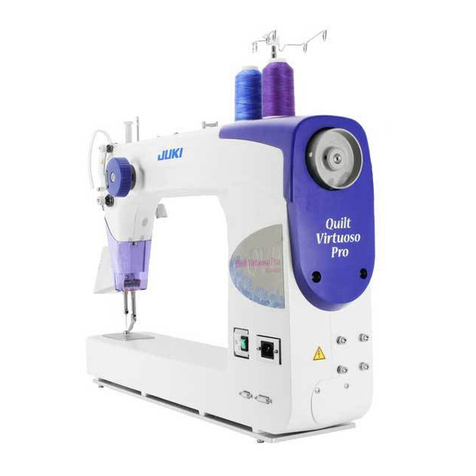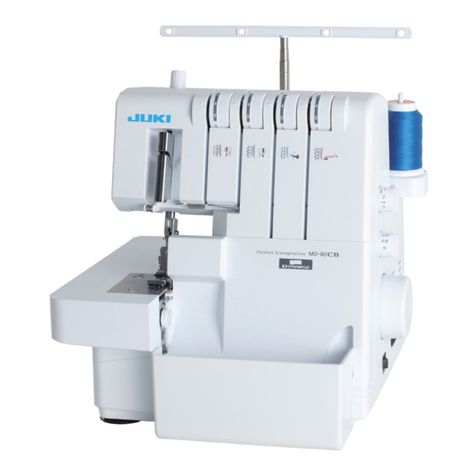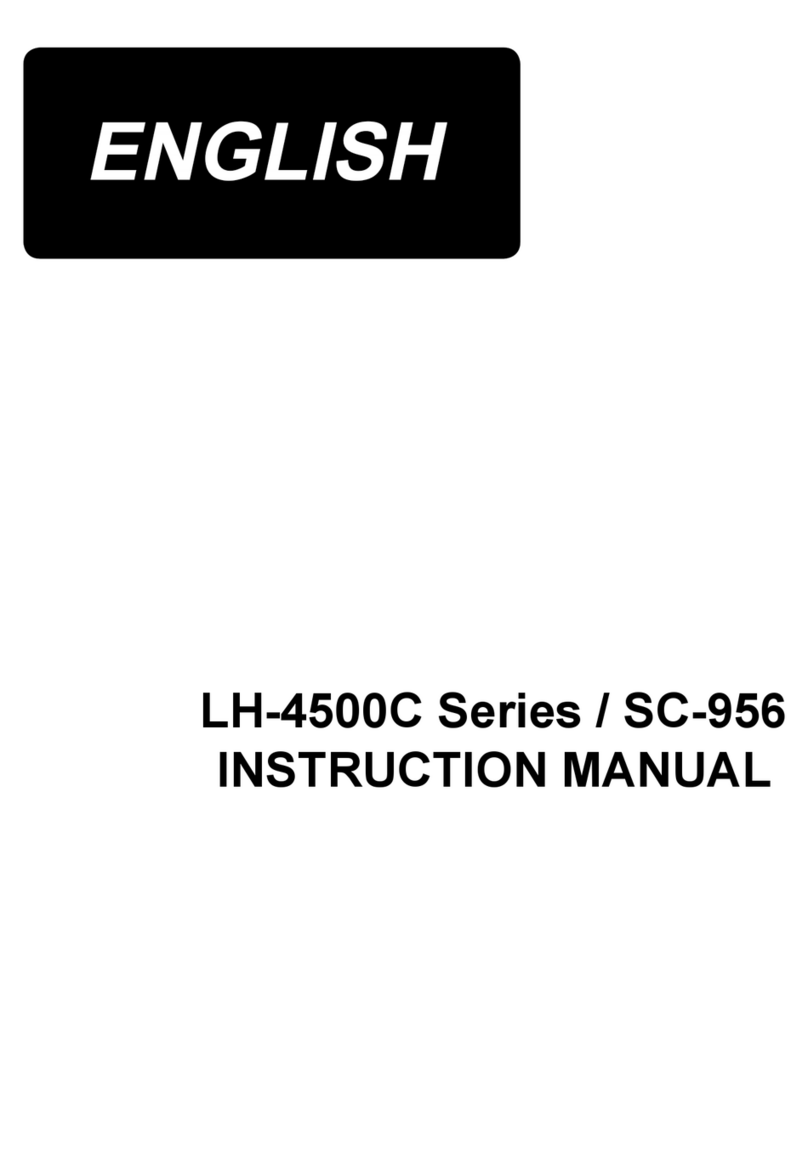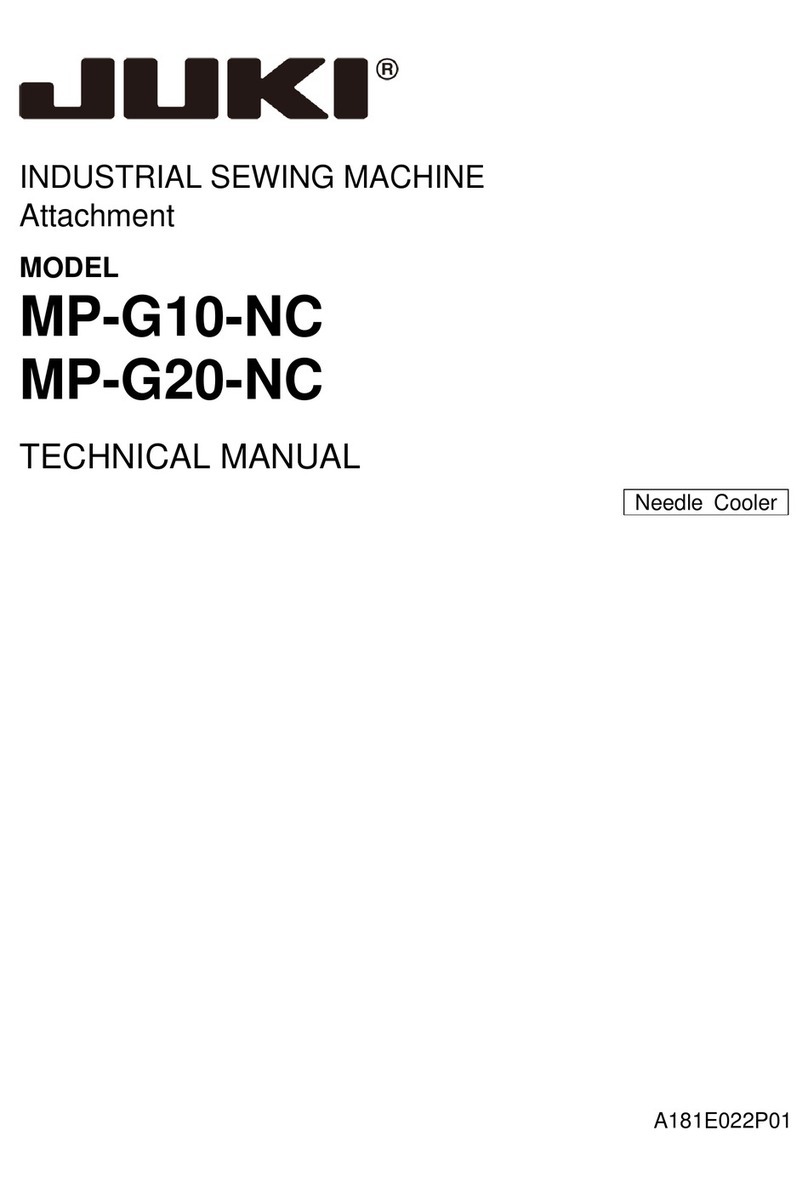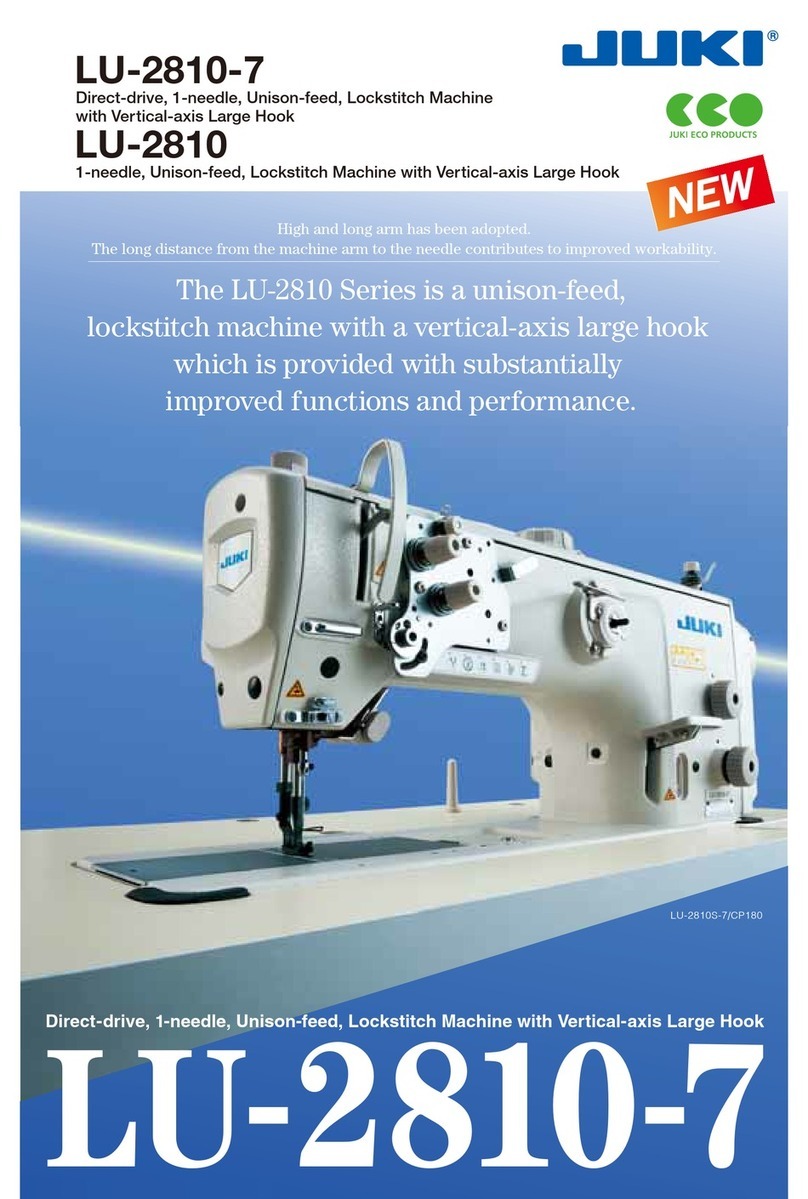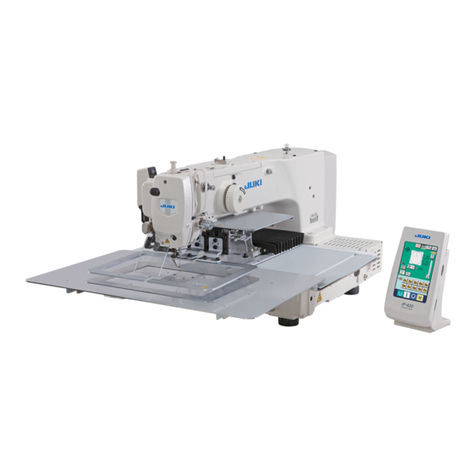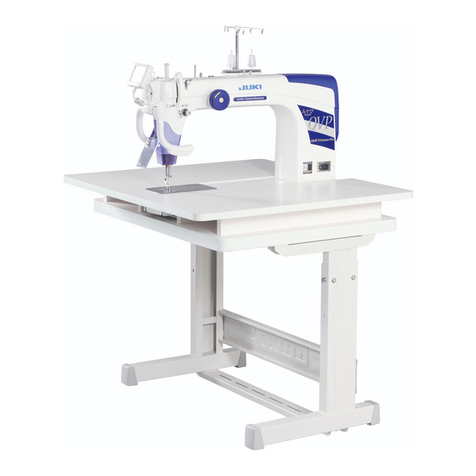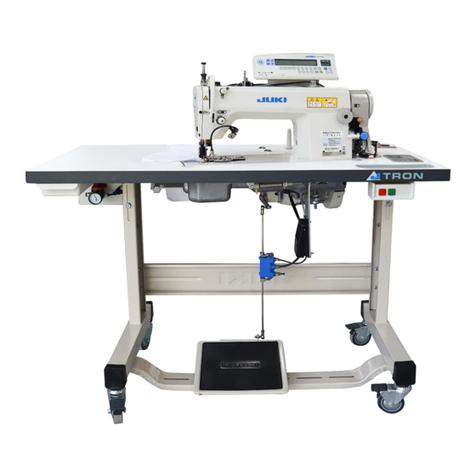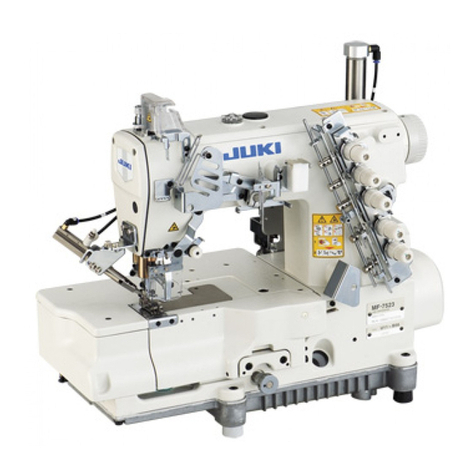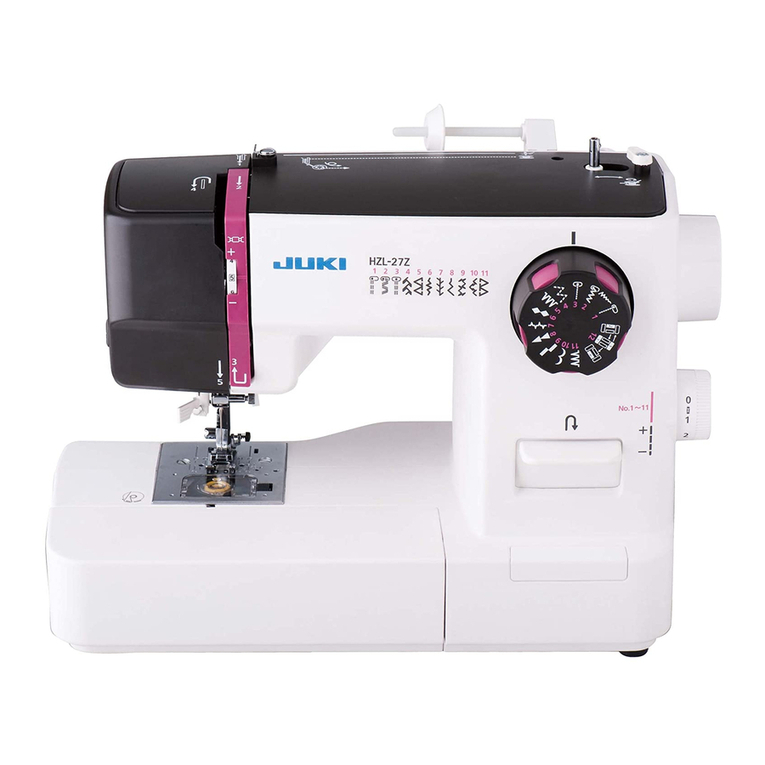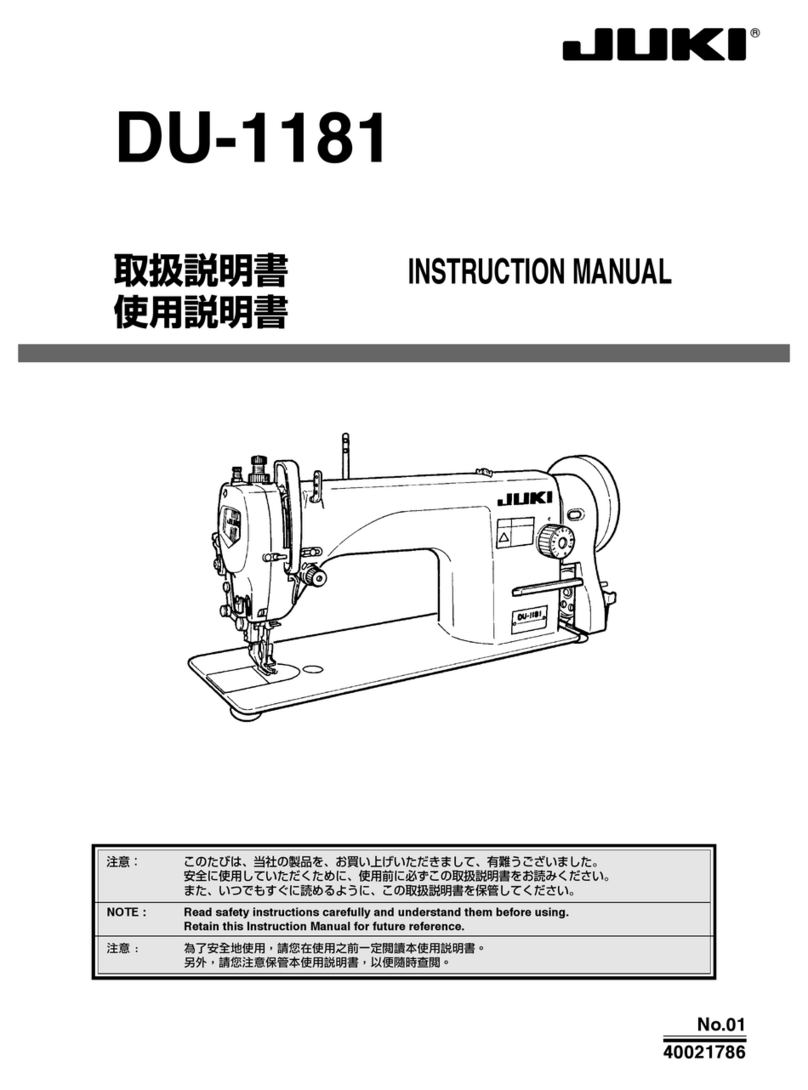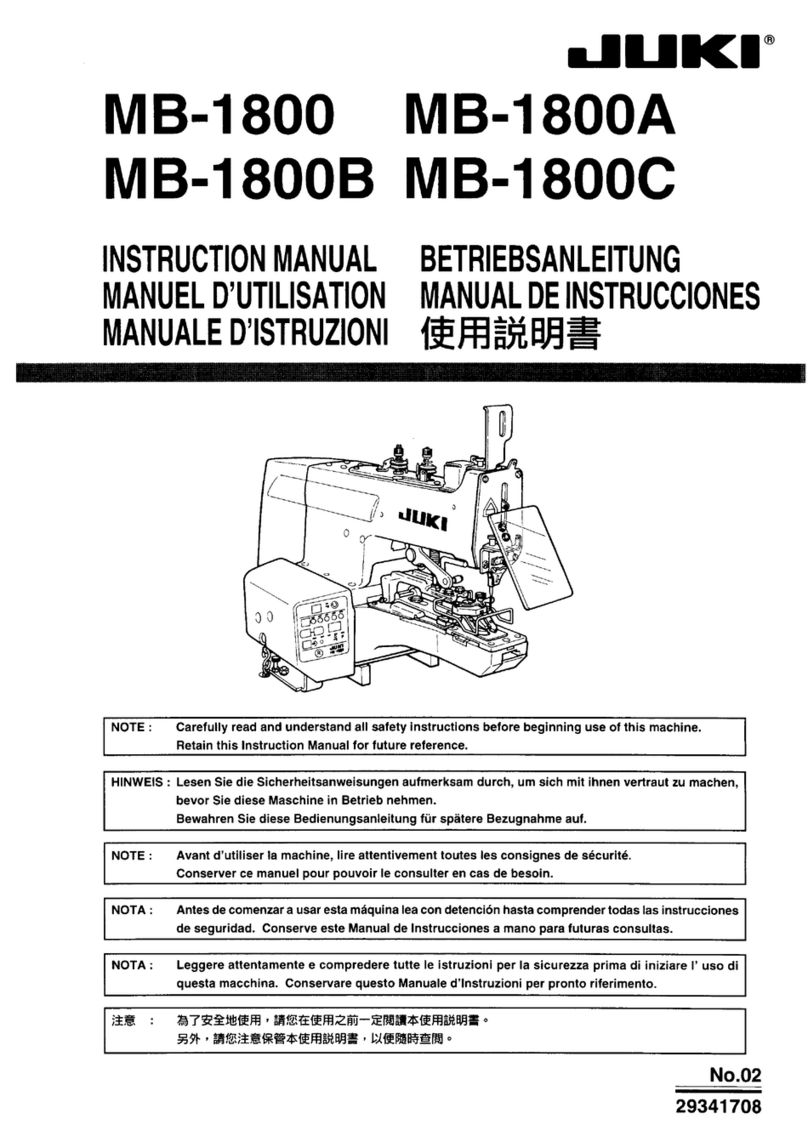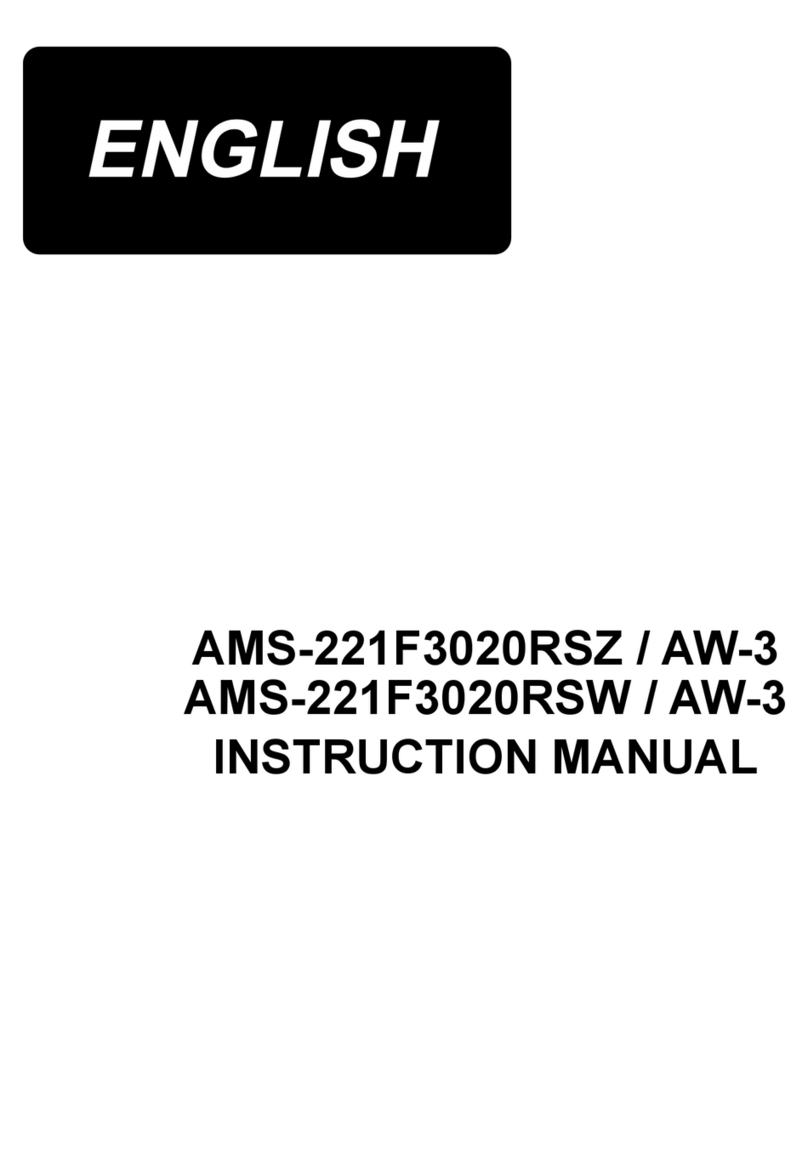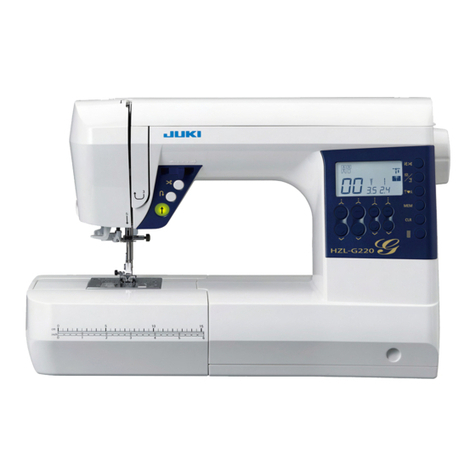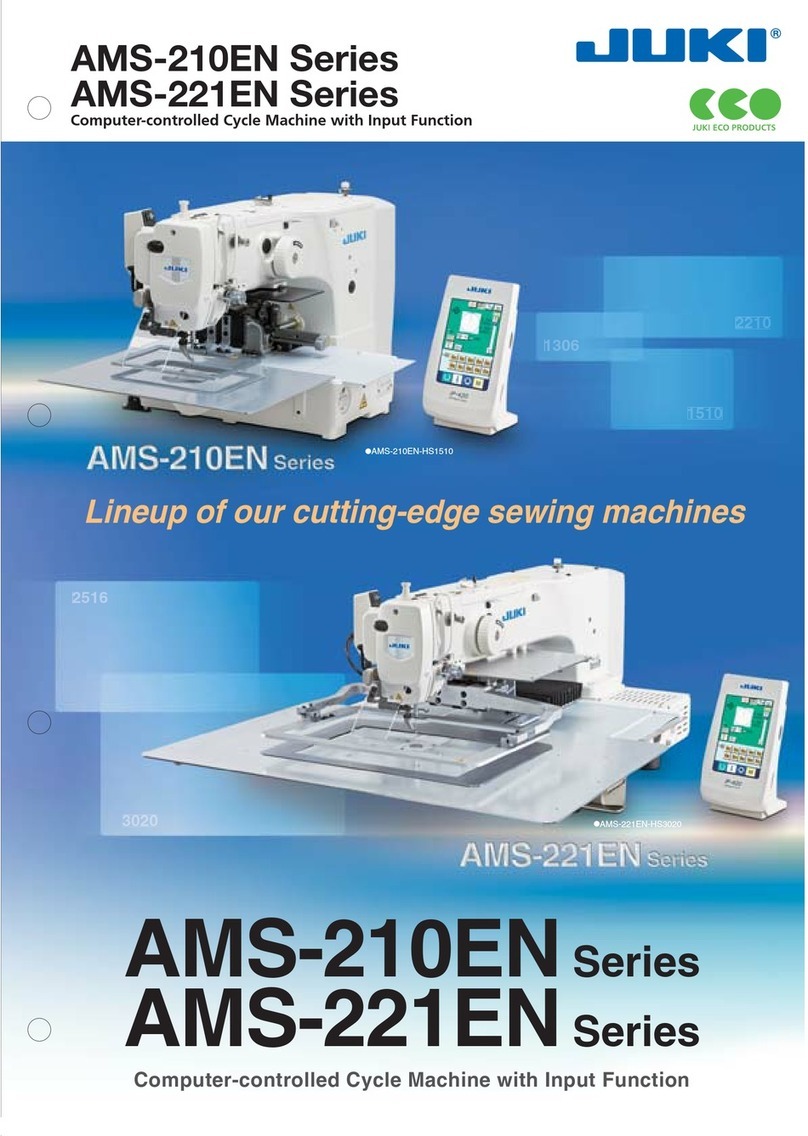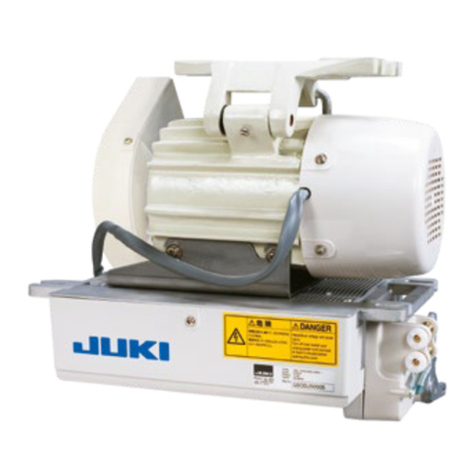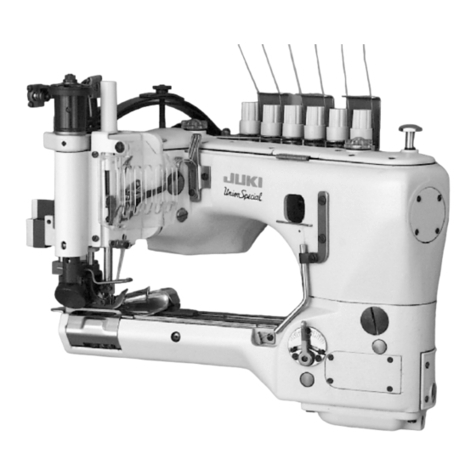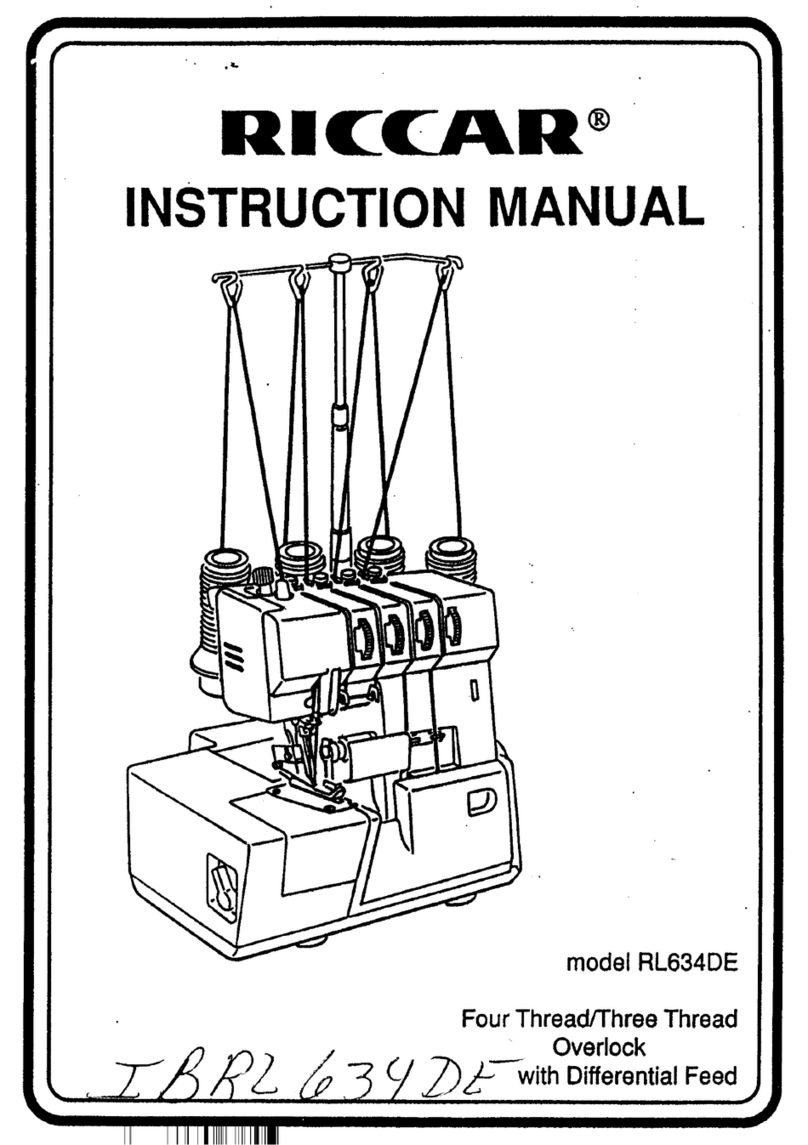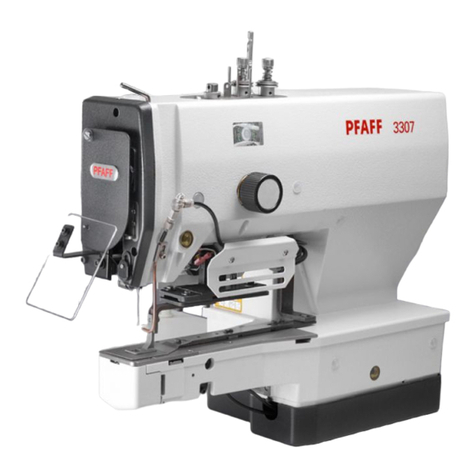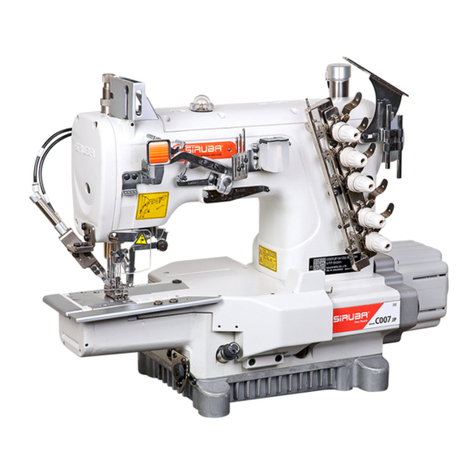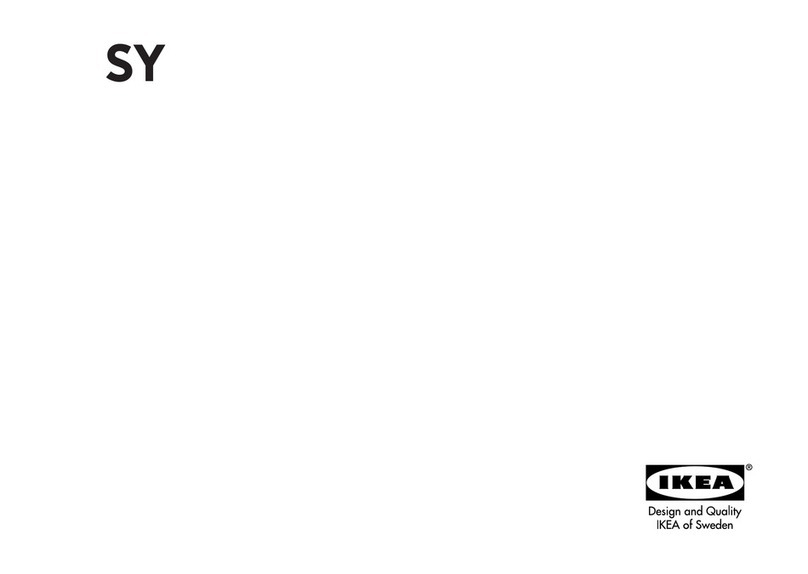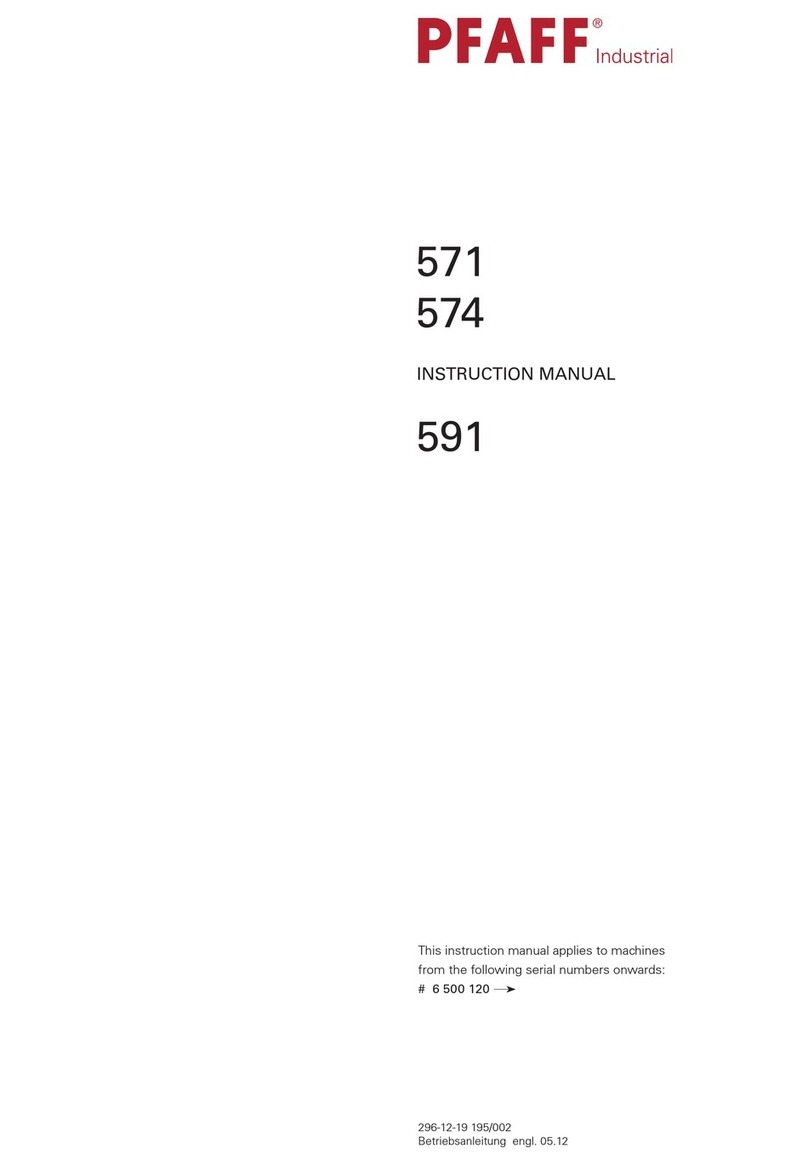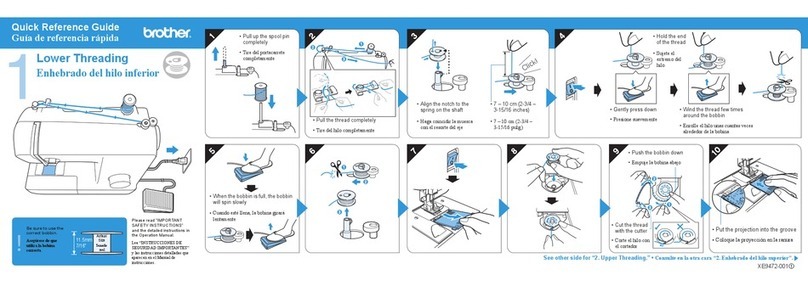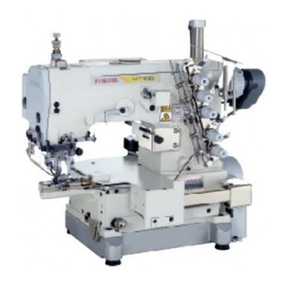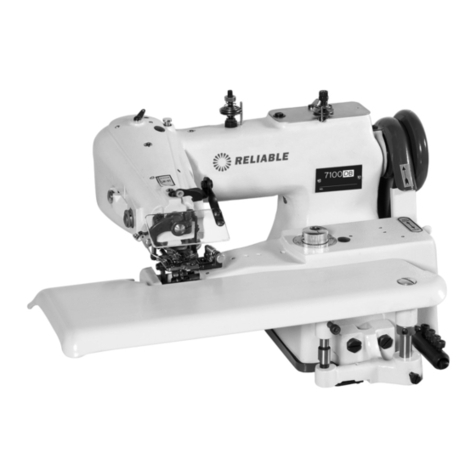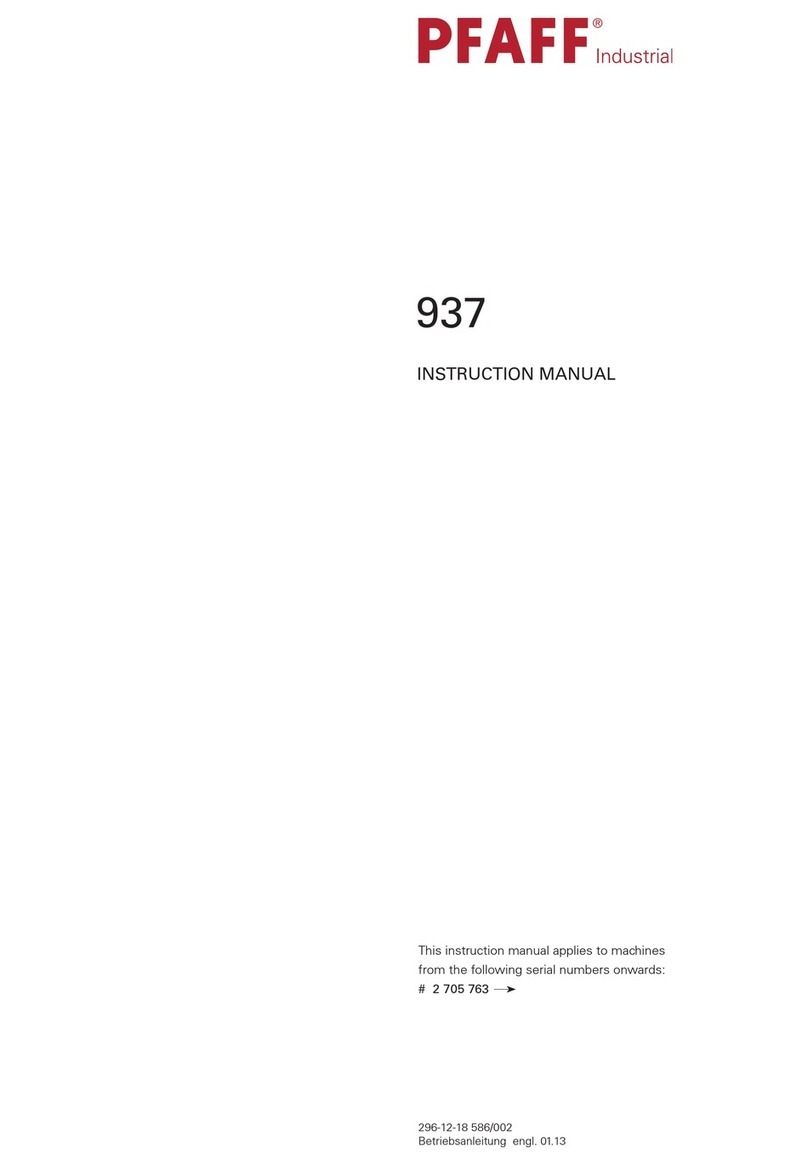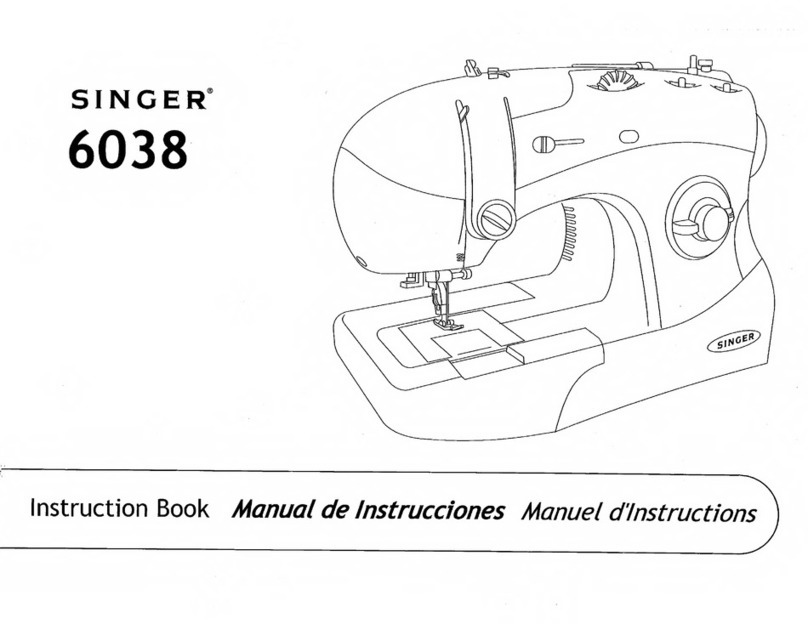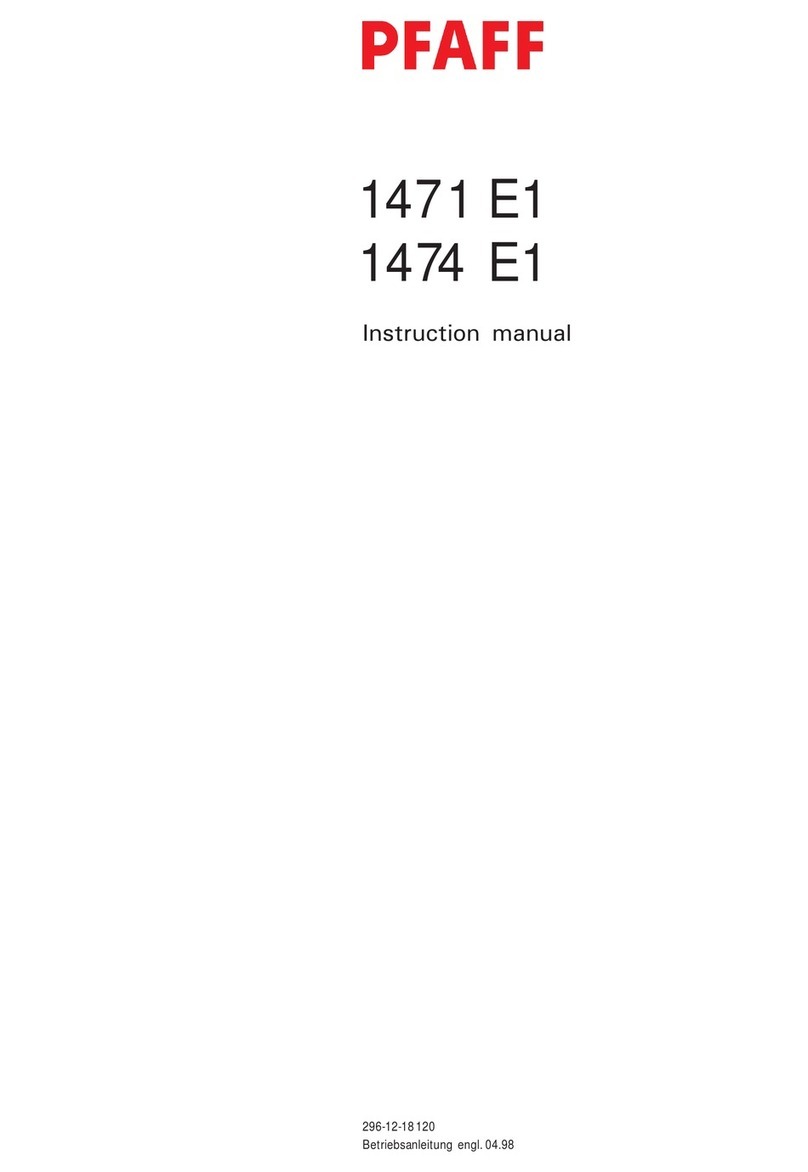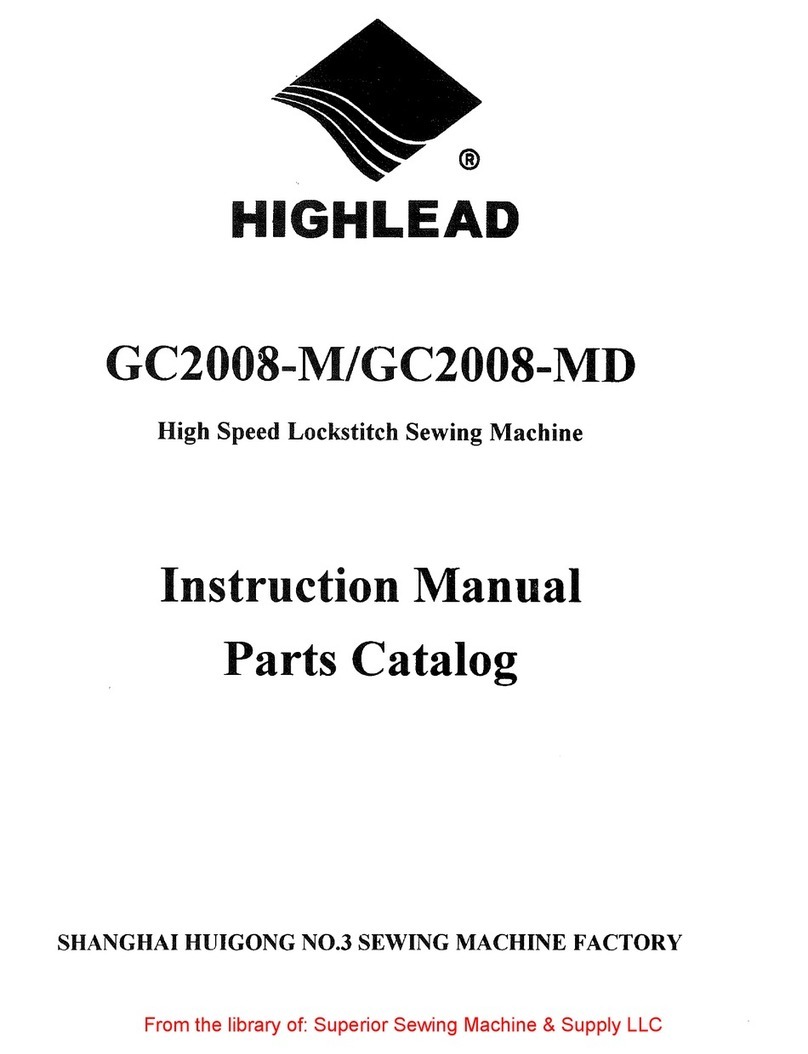
ii
(4) Displaying the pattern shape with color-coded using the main unit input function ...................... 40
2-9. Checking pattern shape ............................................................................................................. 41
2-10. Performing modication of needle entry point ........................................................................ 42
(1) Editing the intermediate presser height ....................................................................................... 42
(2) How to edit the color change .......................................................................................................44
2-11. How to use temporary stop........................................................................................................ 46
(1) To continue performing sewing from some point in sewing ......................................................... 46
(2) To perform re-sewing from the start............................................................................................. 47
2-12. When setting of sewing product is difcult because of interruption of needle tip .................... 48
2-13. How the change over the needle bar and thread presser to be threaded ............................. 48
2-14. How to clamp the needle thread................................................................................................ 49
2-15. Winding bobbin thread............................................................................................................... 50
(1) When performing winding bobbin thread while performing sewing ............................................. 50
(2) When performing winding bobbin thread only ............................................................................. 50
2-16. Using counter.............................................................................................................................. 51
(1) Setting procedure of the counter ................................................................................................. 51
(2) Count-up releasing procedure .....................................................................................................53
(3) How to change the counter value during sewing ......................................................................... 53
2-17. Performing new register of users’ pattern................................................................................ 54
2-18. Naming users’ pattern ................................................................................................................ 55
2-19. Performing new register of pattern button............................................................................... 56
2-20. LCD display section at the time of pattern button selection .................................................. 57
(1) Pattern button data input screen.................................................................................................. 57
(2) Sewing screen .............................................................................................................................59
2-21. Performing pattern button No. selection .................................................................................. 61
(1) Selection from the data input screen ........................................................................................... 61
(2) Selection by means of the shortcut button................................................................................... 62
2-22. Changing contents of pattern button........................................................................................ 63
2-23. Copying pattern button .............................................................................................................. 64
2-24. Changing sewing mode.............................................................................................................. 65
2-25. LCD display section at the time of combination sewing......................................................... 66
(1) Pattern input screen.....................................................................................................................66
(2) Sewing screen .............................................................................................................................68
2-26. Performing combination sewing ............................................................................................... 70
(1) Selection of combination data...................................................................................................... 70
(2) Creating procedure of the combination data................................................................................ 71
(3) Deleting procedure of the combination data ................................................................................ 72
(4) Deleting procedure of the step of the combination data .............................................................. 72
(5) Setting of the skip of steps .......................................................................................................... 73
2-27. Using the simple operation mode ............................................................................................. 74
2-28. LCD display when the simple operation is selected................................................................75
(1) Data input screen (individual sewing) .......................................................................................... 75
(2) Sewing screen (individual sewing)............................................................................................... 78
(3) Data input screen (combination sewing)...................................................................................... 81
(4) Sewing screen (combination sewing) .......................................................................................... 83
2-29. Changing memory switch data.................................................................................................. 85
2-30. Using information ....................................................................................................................... 86
(1) Observing the maintenance and inspection information.............................................................. 86
(2) Releasing procedure of the warning ............................................................................................ 87
2-31. Using communication function ................................................................................................. 88
(1) Handling possible data ................................................................................................................ 88

